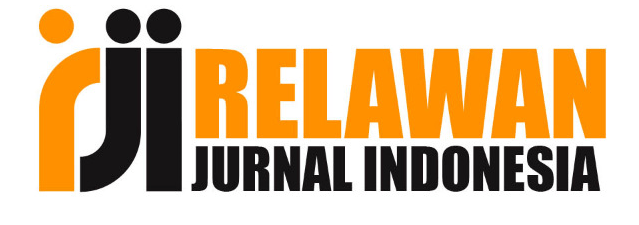EVALUASI PENGGUNAAN ANTIBIOTIK PADA PASIEN PEDIATRI PENYAKIT DIARE DI INSTALASI RAWAT INAP RSU KOTA TANGERANG SELATAN
Abstract
Keywords
Full Text:
PDF (Bahasa Indonesia)References
Dinas Kesehatan Provinsi Banten (2021) ‘Profil Kesehatan Provinsi Banten Tahun 2020’, pp. 1–241. Available at: https://dinkes.bantenprov.go.id/read/profil-kesehatan-provinsi-bant/198/Profil-Kesehatan-Provinsi-Banten-Tahun-2020.html.
Guarino, A. et al. (2014) ‘European Society for Pediatric Gastroenterology, Hepatology, and Nutrition/European Society for Pediatric Infectious Diseases evidence-based guidelines for the management of acute gastroenteritis in children in Europe: update 2014.’, Journal of pediatric gastroenterology and nutrition, 59(1), pp. 132–152. doi: 10.1097/MPG.0000000000000375.
ISO. 2019. Informasi Spesialite Obat Indonesia Volume 52. Jakarta PT ISFI Penerbitan
Kemenkes RI (2011) ‘Modul Penggunaan Obat Rasional’, Modul Penggunaan Obat Rasional, pp. 3–4. Available at: http://farmalkes.kemkes.go.id/unduh/modul-penggunaan-obat-rasional/.
Kemenkes RI (2013) Pedoman Umum Penggunaan Antibiotik. Available at: https://farmalkes.kemkes.go.id/2014/03/pedoman-umum-penggunaan-antibiotik/.
McMaster dan St Joseph’s Healthcare. 2015. MacPeds PEDIATRIC HANDBOOK. Pediatric McMaster Hospital.
Perwitasari, Y. (2017) ‘Kerasionalan Penggunaan Obat Diare Pada Pasien Pediatric Instalasi Rawat Jalan RSU Kota Tangerang Selatan Periode Februari - Agustus 2017’.
Riskesdas (2018) ‘Laporan_Nasional_RKD2018_FINAL.pdf’, Badan Penelitian dan Pengembangan Kesehatan, p. 198. Available at: http://labdata.litbang.kemkes.go.id/images/download/laporan/RKD/2018/Laporan_Nasional_RKD2018_FINAL.pdf.
WGO (2012) ‘Acute Diarrhea In Adults and Children : A Global Prespective’. Available at: https://www.worldgastroenterology.org/guidelines/acute-diarrhea.
WHO (2017) ‘Diarrhoeal desease’. Available at: https://www.who.int/news-room/fact-sheets/detail/diarrhoeal-disease.
WHO (2022) ‘Diarrhoea’. Available at: https://www.who.int/health-topics/diarrhoea#tab=tab_1.
DOI: http://dx.doi.org/10.52031/phrase.v2i1.254
Refbacks
- There are currently no refbacks.




